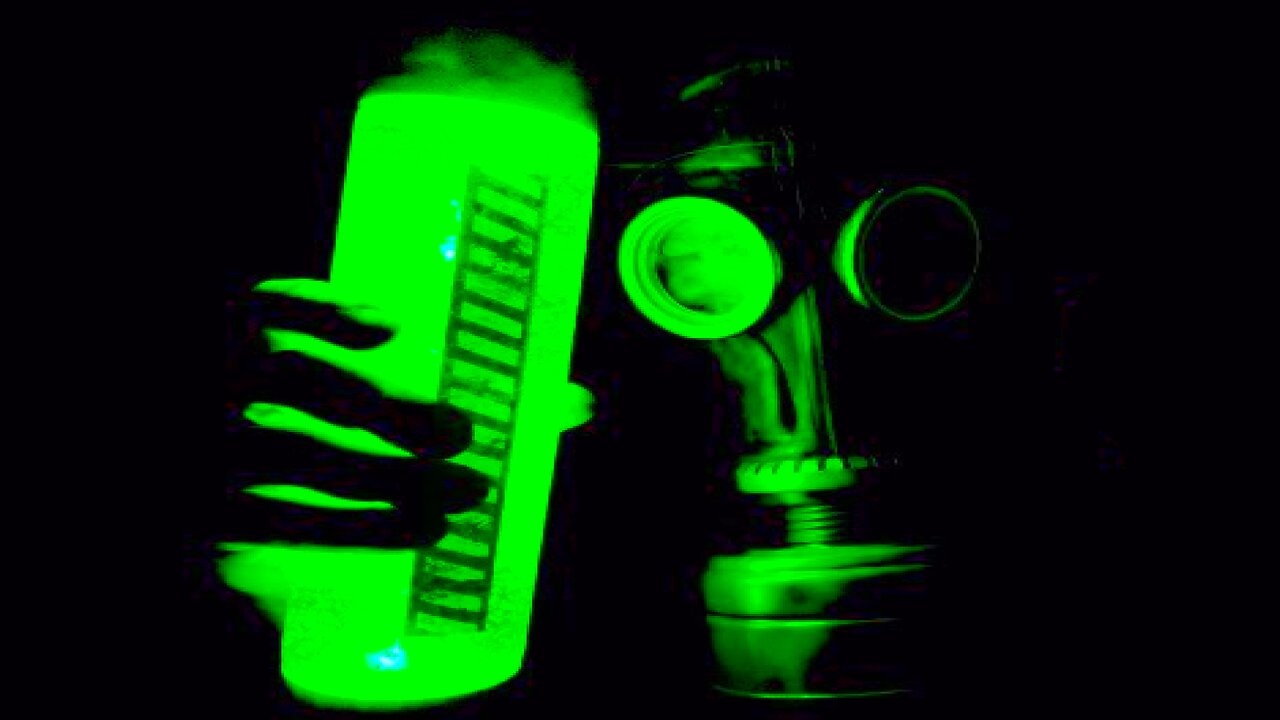Premium Only Content

RADIATION Across the Solar System
Please Support The RUMBLE Channel
50% of all support (after fees & tax) will go to a private Moon mission
RUMBLE Has More Videos & YOUR VIEWS Help Raise Money For a MOON Mission!
https://rumble.com/user/WhatsNextVids
Patreon:
https://www.patreon.com/user?u=37594401
Buy Me A Coffee:
https://www.buymeacoffee.com/whats.next
Donate With Cash App:
https://cash.app/$YTpayments
Total Updated Weekly on X/Twitter:
https://x.com/WhatsNe75388303
Examples of Radiation Levels Across the Solar System:
Earth: On Earth, the average annual radiation exposure for a person includes about 5% from cosmic radiation. The total average dose of radiation people receive in the United States is approximately 620 millirem (6.2 millisieverts) per year.
Moon: The Moon’s surface is exposed to higher levels of cosmic radiation compared to Earth due to its lack of atmosphere and magnetic field protection. Astronauts on the Moon are exposed to elevated levels of cosmic radiation during their missions.
Mars: Mars has a thin atmosphere that provides less shielding from cosmic radiation compared to Earth. Future human missions to Mars will face challenges in protecting astronauts from prolonged exposure to cosmic radiation during their journey and stay on the red planet.
International Space Station (ISS): Astronauts aboard the ISS are exposed to higher levels of cosmic radiation than on Earth due to minimal atmospheric shielding in low Earth orbit. Special shielding is used on the ISS to protect astronauts from the effects of cosmic radiation.
Jupiter: Jupiter’s intense magnetic field traps high levels of charged particles, creating a hazardous radiation environment around the planet. The radiation belts around Jupiter pose significant risks to spacecraft passing through or orbiting the gas giant.
Saturn: Saturn also has strong radiation belts similar to Jupiter, which can affect spacecraft exploring the planet and its moons. The Cassini spacecraft, which orbited Saturn, had to navigate carefully to avoid prolonged exposure to high levels of radiation.
Pluto: Despite being far from the Sun, Pluto experiences lower levels of solar radiation due to its distance. However, cosmic rays from outside our solar system still reach Pluto’s surface, albeit at reduced intensities compared to inner planets like Earth.
Interstellar Space: In interstellar space beyond our solar system, cosmic radiation levels can vary based on factors such as proximity to stars, supernovae remnants, and other celestial phenomena. Spacecraft traveling through interstellar space would encounter different levels of cosmic radiation depending on their location and trajectory.
-
 LIVE
LIVE
Lofi Girl
3 years agolofi hip hop radio 📚 - beats to relax/study to
111 watching -
 59:58
59:58
Man in America
12 hours agoHow Big Pharma Turned Cancer Into a TRILLION-DOLLAR Business
351K41 -
 9:11:52
9:11:52
SpartakusLIVE
10 hours ago#1 Solo Savant stream DEEP into the night || PUBG Later Tonight?!
73.4K5 -
 13:56
13:56
Clintonjaws
14 hours ago $33.57 earnedEntire Room Speechless As Poilievre Snaps & Puts TV Hosts In Their Place
49.5K25 -
 4:23:32
4:23:32
EricJohnPizzaArtist
1 day agoAwesome Sauce PIZZA ART LIVE Ep. #67: HALLOWEEN SPECIAL tribute to “Need to Breathe”
59.7K14 -
 2:26:26
2:26:26
Nerdrotic
10 hours ago $52.95 earned3I/Atlas : A Cosmic Horror or a New Interstellar Understanding? | Forbidden Frontier #122
209K21 -
 54:56
54:56
Sarah Westall
8 hours agoHidden Biblical Writings: Evidence Based Investigation, Worlds First Collection w/ Matthew McWhorter
33.4K28 -
 3:08:48
3:08:48
megimu32
8 hours agoOTS: Great Scott! How Back to the Future Changed Movies Forever
36.7K9 -
 3:40:15
3:40:15
CassaiyanGaming
7 hours ago🟢LIVE - The OUTLAST Trials with JahBless & CatDog
26K5 -
 10:54
10:54
Nate The Lawyer
2 days ago $18.50 earnedNEW Charges & Lawsuit For Fake Doctor Illegal Who Ran Schools For Decades
56.1K48